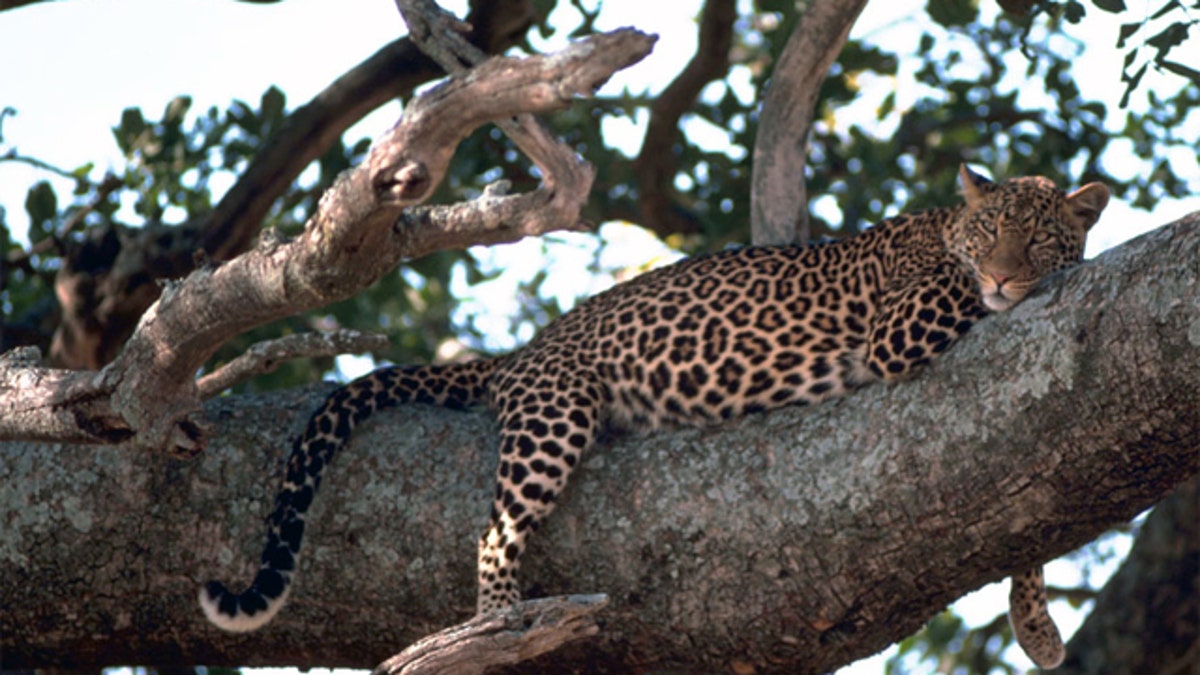
Experts are blaming locals for encroaching into leopard territory. (U.S. Fish and Wildlife Service)
The residents of Mumbai's burgeoning slums were being warned Monday about the growing danger from leopards roaming their streets.
Makeshift suburbs stemming from the Indian coastal city are overshooting into the country's biggest urban nature reserve, causing tension between residents and their bestial neighbors.
In the northern district of Borivali, parents terrified of attacks keep their children inside as leopards prowl the streets once dusk falls. Feasting on stray dogs, chickens, goats, as well as domestic waste, the leopards visit the shanty towns almost every day. Residents are concerned that local livestock is not enough to abate the big cats' hunger.
Nancy Nagwekar, who lives close to the edge of Sanjay Gandhi National Park, fears for the safety of her family.
"The leopards took a dog on Tuesday. We found the carcass in the morning. People are frightened. There are guys who work late shifts and call center workers who feel threatened when they come home at night," she said.
But wildlife experts maintain the problem lies with man, not nature. Latest reports indicate that at least 200,000 people have encroached on the park's borders, building makeshift houses as they go. Unregulated urban construction is illegal in India, but slums are often protected by politicians who depend on the support of local residents.
Geeta Seshamani, a co-founder of Wildlife SOS, placed blame for the conflict between locals and leopards on the sharp rise in Mumbai's population, which has almost doubled in the past 20 years to 21 million.
"The slums are spreading into prime forest land so it's a situation Man has created," she said. "The buffer between the park and the city has disappeared so it is not the leopards' fault. He has just found himself in the same place as a lot of people. It's a high-stress situation for a leopard."
Between 2004-05, 33 Mumbai residents died in leopard attacks. Now locals fear that rapid expansion of the city's limits could mean a fresh spate of big cat attacks. At least 35 leopards are thought to live in Sanjay Gandhi National Park. Seshamani said the leopard population was swollen by the release of captured leopards from other regions into the park.
